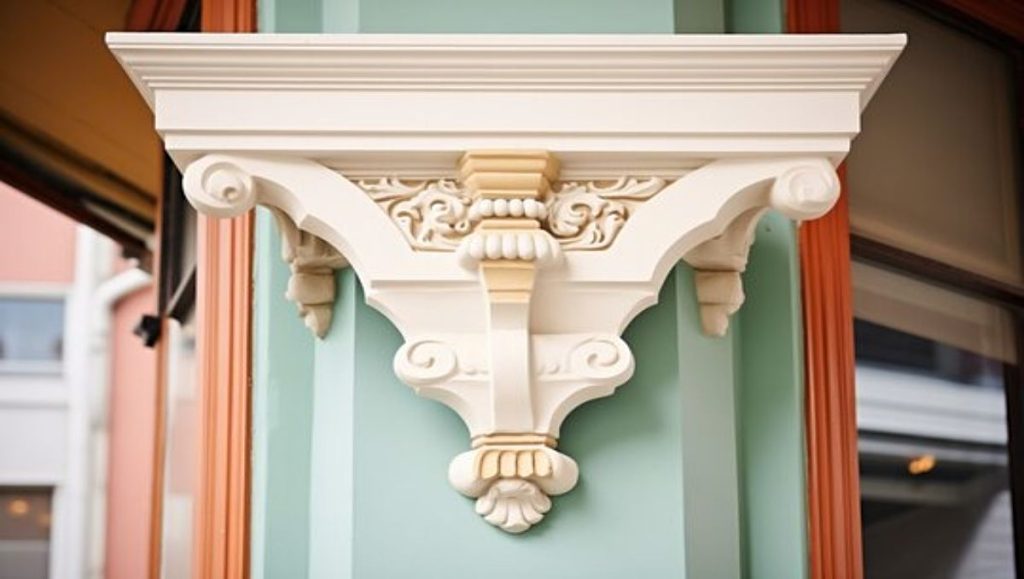
Have you ever walked into a home and been captivated by the fine detailing of its furniture or architecture? You might have noticed beautifully carved brackets supporting a mantel or holding up a kitchen island’s countertop. These are corbels, and they’re the unsung heroes of design, offering both strength and beauty. Whether you’re admiring a Gothic cathedral’s stonework or the fine craftsmanship in a rustic wooden shelf, corbels are those perfect little details that merge function with style.
Key Takeaways
- Corbels provide strong support while also enhancing the beauty of furniture and architecture, making them versatile for various settings.
- Available in wood, stone, and plaster, corbels come in many designs—traditional, modern, and ornate—allowing them to fit any decor.
- Choosing the right corbel based on size and style is crucial for aesthetics. Regular maintenance helps keep them looking great and functioning well.
This article explains what corbels are, their rich history, and how they’re used today in both architecture and furniture to enhance strength and aesthetic appeal.
What Are Corbels?
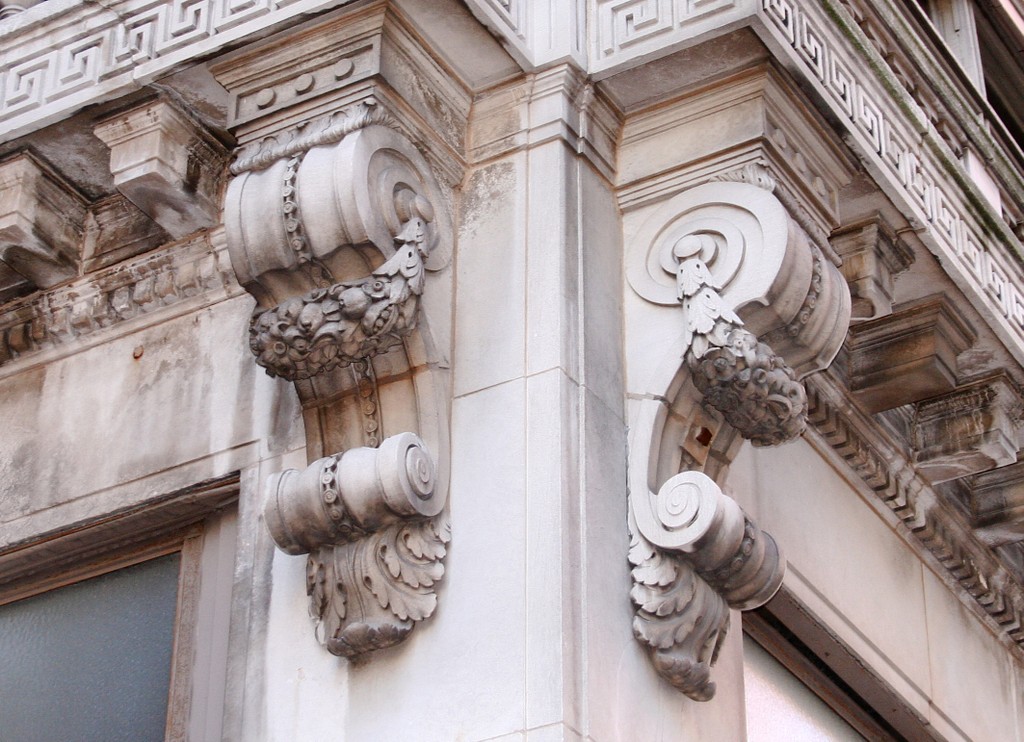
Corbels are architectural features that provide support and add style. They date back to the Neolithic period, when early builders used them to hold up walls. Over time, different cultures adapted corbels in unique ways. The word “corbel” comes from the Latin curvus, meaning “raven,” reflecting their beak-like shape.
The Mayans created corbel vaults to form arches in their temples. Babylonian architects used arched corbels for both strength and beauty. In Medieval Europe, corbels often featured grotesque carvings to ward off evil spirits. The Victorian era saw hand-carved corbels in American homes, enhancing shelves and mantels.
In classical architecture, corbel appeared as decorative brackets under cornices. Gothic cathedrals used them to support arches and ceilings, while Hindu architecture included intricately carved corbel for decoration and support. Traditional Chinese buildings used a corbel to hold up the curved roofs of pagodas.
Today, corbel is still popular in both architecture and furniture, adding character while providing essential support. Whether modern or ornate, corbel is the unsung heroes of design, quietly holding things together.
Different Types of Corbels
Corbels are not just functional elements; they come in a variety of materials and designs that can enhance the aesthetic appeal of any space. Let’s explore the different types of corbels, focusing on material variations and design styles.
Material Variations
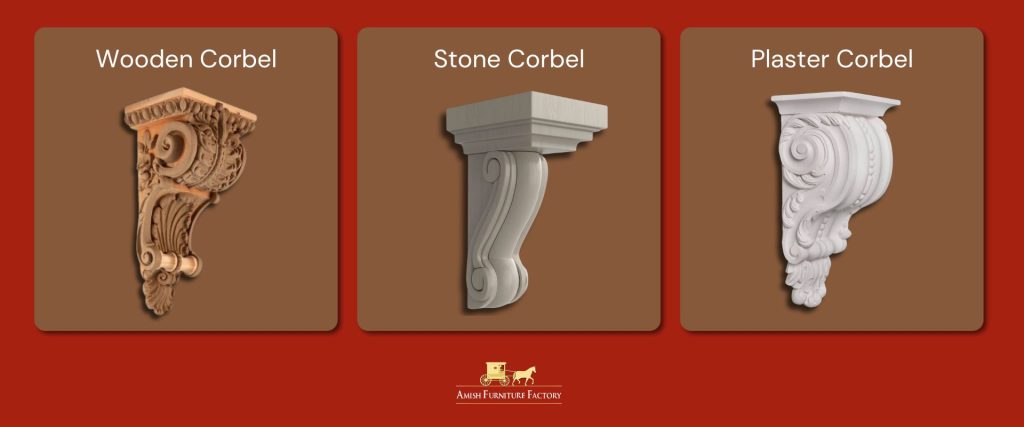
Wooden Corbels
Wooden corbels add a natural warmth to any setting. They can be intricately carved or left with a rustic finish, making them suitable for both traditional and contemporary homes. Popular woods like oak, maple and cherry each bring their own character and can be stained or painted to fit your decor.
Stone Corbels
Stone corbels offer unmatched durability and timeless elegance. Often found in grand architecture—like cathedrals and historic buildings—they can withstand the elements, making them ideal for outdoor use. Options include limestone, granite, and marble, each providing unique textures and visual impact.
Plaster Corbels
Plaster corbel brings an artistic touch to spaces, often featuring classic and ornate designs. They can be molded into elaborate shapes, enhancing ceilings and archways beautifully. Lightweight and easily paintable, plaster offers flexibility in design, allowing you to match any color scheme effortlessly.
Design Styles
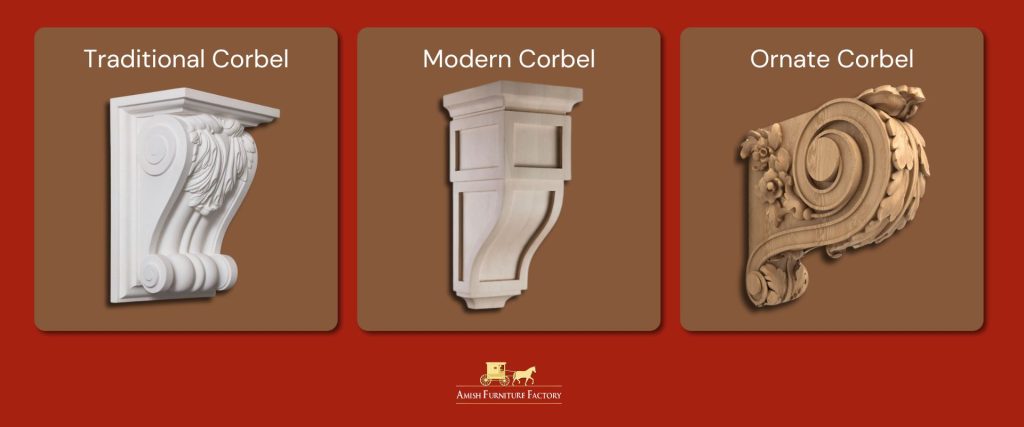
Traditional
Traditional corbel exudes classic elegance, often showcasing intricate carvings that reflect the craftsmanship of earlier architectural styles. Common in colonial homes and classic European designs, they feature scrolling patterns and leaf motifs that evoke a rich sense of history.
Modern
Modern corbel embraces sleek, minimalist lines and geometric shapes. With minimal ornamentation, they are perfect for contemporary spaces and can seamlessly blend into various designs, from urban lofts to sleek residences, providing support without overshadowing the overall aesthetic.
Ornate
Ornate corbel makes a dramatic statement with their elaborate designs and detailed craftsmanship. Often used in grand entryways or as focal points, these corbels can be crafted from materials like wood or plaster, adding rich textures that convey luxury and sophistication to any space.
How to Choose the Right Corbel for Your Design
When choosing corbels for your design, a few key elements can guide you to the perfect fit. Here are the key factors you should consider:
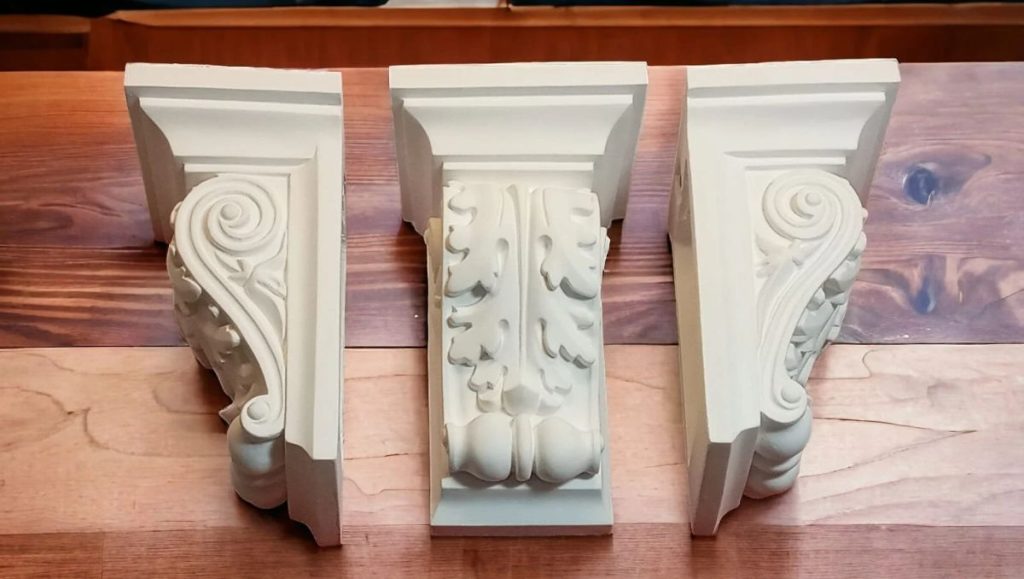
Scale and proportion
Always consider the size of the room when selecting corbels. In larger rooms, big and ornate corbels can make a bold statement, but they may overwhelm smaller spaces. For more intimate rooms, smaller, simpler corbels will maintain the balance, offering support without being too visually dominant. Make sure the corbel doesn’t appear too heavy for its intended space, as scale can drastically affect the overall look of the room.
Matching Style to Functionality
The material and design of the corbel should complement the overall style of the space. For instance, wooden corbel with intricate carvings can bring warmth to a traditional or rustic setting, while sleek, minimalist metal corbel are ideal for modern or industrial interiors. The material you choose—whether wood, metal, or stone—should not only reflect your aesthetic preferences but also the practical needs of the space, such as strength and durability.
Positioning Tips
Where you place the corbel is just as important as how it looks. In furniture, corbels often support shelves, mantels, or countertops. Position them under kitchen islands or over doorways to enhance both structure and style. They can also be placed under roof eaves for an outdoor architectural feature or along stairways to add visual interest. Thoughtful placement maximizes their impact, drawing the eye to architectural details while providing functional support.
Common Uses of Corbels
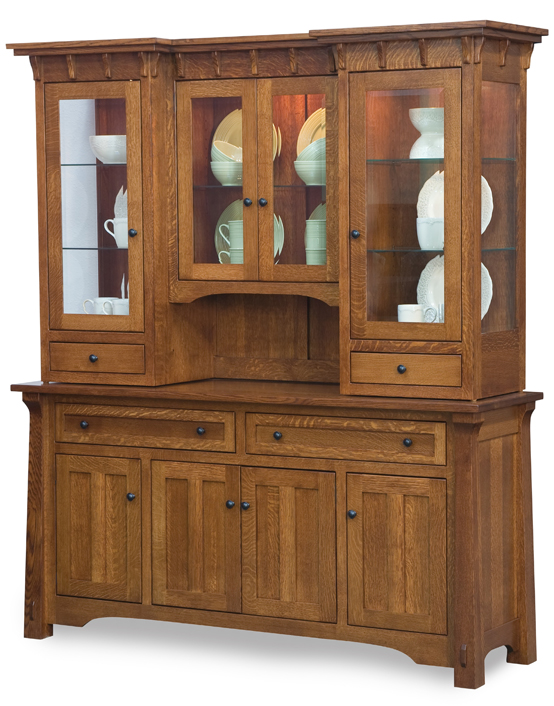
Corbels serve both functional and decorative purposes in various settings. In homes, they are often used to support shelves, mantels, and countertops, adding both strength and style. In commercial buildings, corbels can enhance the aesthetics of storefronts, entryways, and outdoor structures, providing visual interest and architectural character.
Corbels can also be found in many iconic architectural styles. For instance, in Victorian architecture, a corbel often features intricate designs that add a touch of elegance to eaves and overhangs. In Mediterranean-style homes, corbels may support wide balconies or decorative arches, enhancing the overall design. Additionally, modern architecture sometimes incorporates a minimalist corbel to maintain clean lines while still providing necessary support.
Maintenance Tips to Preserve Corbels
Corbels are versatile architectural elements that not only enhance the beauty of a space but also require proper care to maintain their integrity and aesthetic appeal over time.
- Regular Cleaning: Dust corbel regularly with a soft cloth to prevent the buildup of dirt and grime. For wooden corbel, a gentle wood cleaner can help maintain their finish.
- Inspect for Damage: Periodically check for signs of wear, such as cracks or loose fittings. Address any issues promptly to prevent further damage.
- Protect from Moisture: Keep corbel away from excessive moisture, especially wooden ones. Use sealants or finishes to protect against humidity and water damage.
- Avoid Harsh Chemicals: When cleaning, avoid harsh chemicals that can damage the finish. Opt for gentle, non-abrasive cleaners instead.
- Repaint or Refinish: For painted or stained corbel, consider refreshing the finish every few years to keep them looking their best and to protect the material underneath.
How to Integrate Corbels Into Your Home
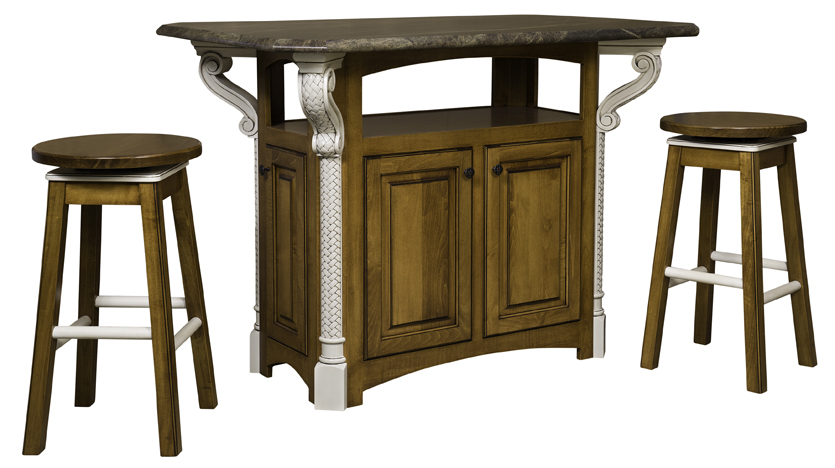
Corbels offer both style and function, making them a versatile addition to any room. In the kitchen, they can be positioned under countertops or serve as brackets for floating shelves, enhancing both practicality and aesthetics. In living areas, corbels elevate bookshelves and mantels, adding a touch of subtle sophistication. Additionally, they can accentuate architectural features like entryways, staircases, or roof overhangs, blending seamlessly into the design while providing structural support.
When strategically placed, a corbel can transform ordinary spaces into focal points; for instance, a farmhouse kitchen with rustic wooden corbel under the island or an entryway framed by sleek metal corbel can make a significant impact through these thoughtful details.
Discover the perfect blend of strength and beauty in your home with handcrafted corbels. Learn more about what corbels are and explore our selection at Amish Furniture Factory to enhance your furniture and architectural designs.
Conclusion
Corbels are much more than decorative brackets; they are integral components that enhance both the strength and beauty of furniture and architecture. From their historical origins to their contemporary applications, corbels play a crucial role in supporting structures while also adding visual interest to spaces. Whether used in kitchens, living areas, or as architectural accents, the thoughtful integration of corbels can transform ordinary settings into stunning focal points. By understanding their diverse styles, materials, and maintenance needs, you can effectively incorporate corbels into your design, ensuring they remain both functional and beautiful for years to come.
FAQs
What is the difference between a corbel and a bracket?
While both corbels and brackets offer structural support, corbel is typically more ornate and traditionally used in decorative architectural applications, whereas brackets tend to have simpler designs and more utilitarian purposes.
How do you install a corbel under a countertop?
Installation involves measuring for proper placement, using mounting hardware such as screws or brackets, and ensuring the corbel is level and aligned. Anchoring it to studs or supports ensures maximum strength.
Can corbels be used outdoors?
Yes, corbel can be used outdoors to enhance roof eaves, balconies, or pergolas. For exterior applications, materials like treated wood, stone, or metal that can withstand weather conditions are recommended.
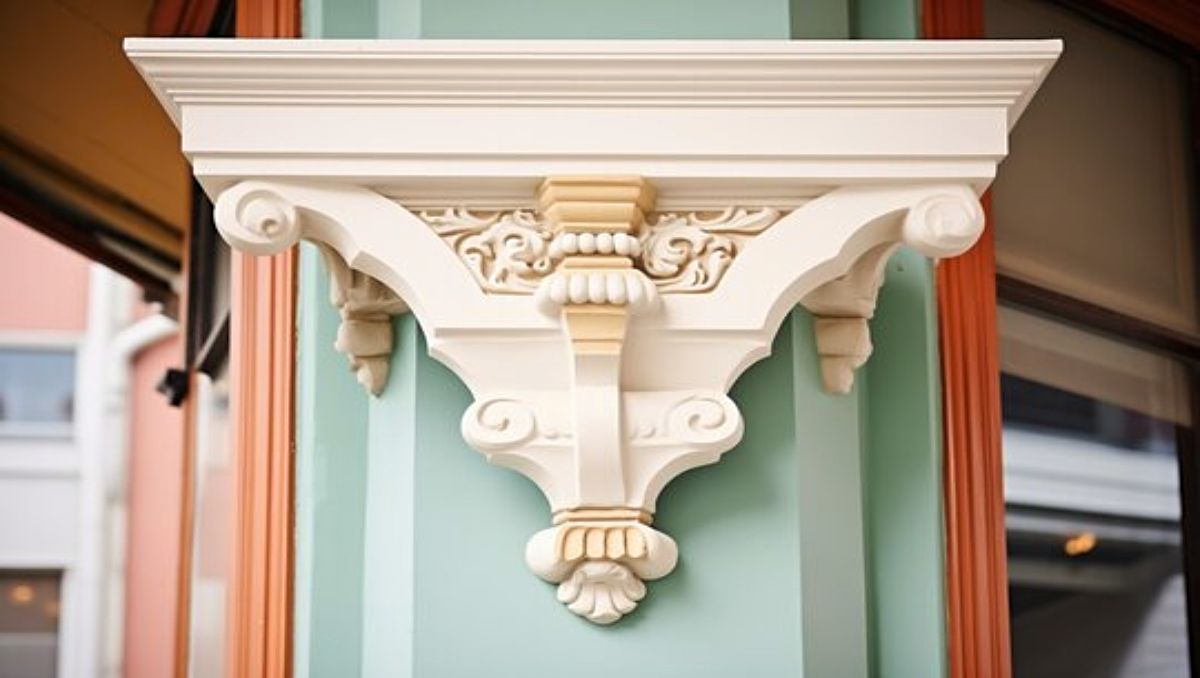
hi!,I love your writing very a lot! share we communicate more
about your post on AOL? I need an expert on this space to unravel my problem.
May be that’s you! Looking forward to peer you.
My website – Flor